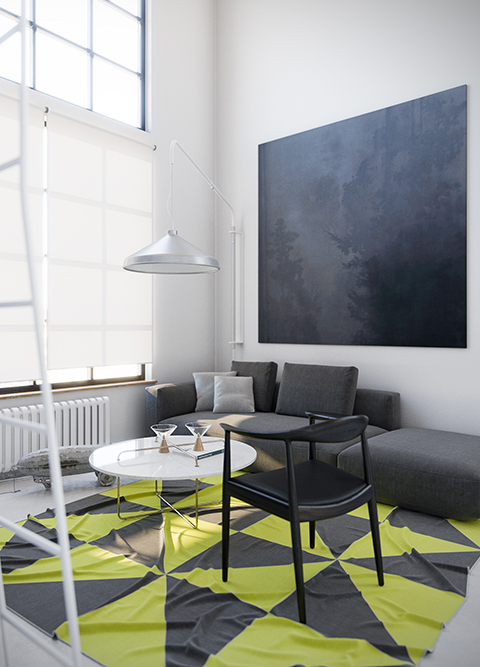
Chaos Group has added a new hybrid rendering technology to V-Ray for 3ds Max that adds CPU support to its Nvidia CUDA-powered GPU renderer.
With version 3.6 artists can render a scene using GPUs, CPUs or a combination of both and produce the exact same results.
“GPU rendering is on the rise, and V-Ray Hybrid solves two important issues that could make it even more popular,” said Vlado Koylazov, Chaos Group co-founder. “It lets artists use all of their existing hardware, and it gives them a fallback solution if they run into GPU RAM limitations.
“This makes GPU rendering a more practical solution for a much wider audience.”
To get a feel for the relative performance of CPU and GPU with the hybrid renderer, Group benchmarked two V-Ray CUDA scenes from Dabarti Studio.
The test machine, which featured 2 x Intel Xeon CPU E5-2687W v3 CPUs and two Nvidia Quadro GP100 GPUs, was between 13% and 25% slower to render with the GPUs alone than it took to render with both CPUs and GPUs.
Read about the tests in more depth on the Chaos Group Labs blog.
Other features of V-Ray for 3ds Max 3.6 include:
Full Light Select Render Element – Render individual lights or groups of lights as separate render elements, with full support for global illumination, reflections and refractions for accurate light mixing in post.
Cryptomatte – Automatically generate ID mattes with support for transparency, depth of field and motion blur. This will speed up workflows for compositors working in NUKE or Fusion.
NVIDIA NVLink – Supports shared GPU memory across NVLink compatible graphics cards.






